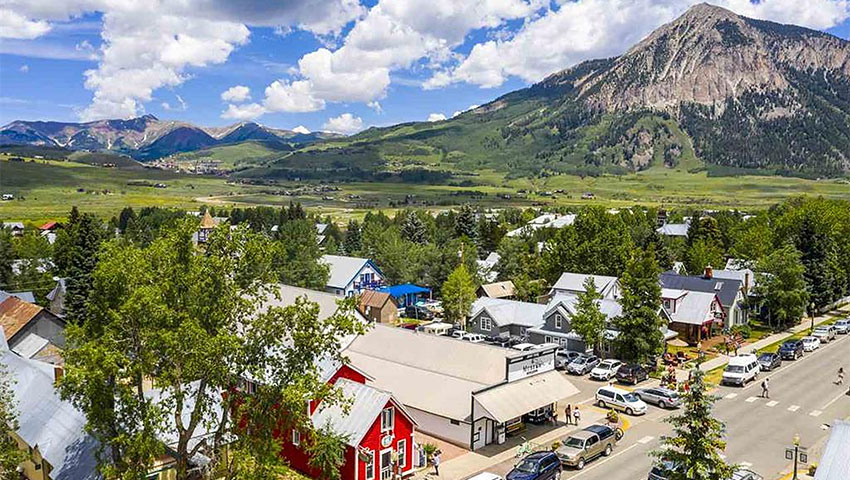Even when all other factors are taken into account, there appears to be a correlation between suicide and altitude. In a study of the nation’s 50 counties with the highest suicide rates and the 50 counties with the lowest suicide rates, there was an almost eight-fold difference in altitude. U.S. counties above 4,000 feet have twice the amount of suicides as counties at 2,000 feet. The counties with the highest suicide rates were above 9,000 feet.
And there is a cluster of states in the Mountain West with persistently higher rates that are referred to as the nation’s suicide belt, including Arizona, Colorado, Idaho, Montana, Nevada, New Mexico, Utah and Wyoming.
While the research is not considered definitive, there are a number of hypotheses circulating as to what could be behind this link.
The increased suicide rate primarily appears at elevations over 8,000 feet, according to Dr. Frank Lotrich, medical director at West Springs Hospital.
A prevailing hypothesis, he said, is that when you go to sleep, your breathing slows down. At high elevations, there is less oxygen in the air, and that oxygen deprivation night after night may lead to increased mental illness, depression and suicide.
A recent University of Utah analysis of 12 studies found “the increased suicide rates might be explained by blood oxygen levels due to low atmospheric pressure. … Pending further research, the evidence may point to possible treatments to reduce the effects of low blood oxygen on mood and suicidal thoughts.”
Vincent Atchity, executive director of Mental Health Colorado, has some other theories on what might increase suicide rates across the Mountain West and, particularly, in the more rural areas.
Perhaps it has to do with “the vastness of space and human diminishment in scale,” Atchity said. Or isolation may be a factor.
“In a dense urban population, you are more likely to find people of your ilk,” Atchity hypothesized. Where populations are greater, “the prospect of having a network of people is numerically great. In a small population in the vastness of space, it could feel like you are the only human like you.”
That particularly translates to teenagers, Atchity said, especially LGBTQ teens.
“If you are in your developing years and figuring out that you are gay, you could feel really cut off and live in a community with no presentation of gayness that makes it mainstream or accessible,” he said.
While a growing number of studies are linking depression and suicide to oxygen-related factors, the theory remains controversial — in large part because suicide is complex. Mental health professionals caution against simple explanations and point to many contributing factors, of which altitude may be one, but not the entire story.
Kari Dequine Harden
Steamboat Pilot & Today
This email address is being protected from spambots. You need JavaScript enabled to view it.






